Bicycle touring is one means by which I discover many abandoned places in Taiwan. Ride in just about any direction long enough, keep your eyes peeled, and you’re bound to encounter the telltale signs of decay and neglect sooner or later. Such was the case one fine morning in June 2015 when I set out to have breakfast in Fangliao, a small town along the coast of central Pingtung, while en route to Hengchun, at the southern tip of the island. I had barely been awake for half an hour when I noticed this partially overgrown ruin along the roadside.
Researching abandoned places online can yield rewarding clues and information—but it will almost never lead you to untapped ruins. If you’re interested in breaking new ground you’ll need to take steps to maximize the potential for serendipity. This is where cycling comes in: you can get out to places that people usually wouldn’t go and you’ll be travelling at speeds that promote discovery. Of course, you can’t be sure that nobody has gone before you, not even after scoping things out online, but the illusion is more complete when you find a place without any outside assistance.
In the west it is common for abandoned places to fall into one of two categories: completely trashed and covered with graffiti or difficult to access and potentially unexplored (or at least well-preserved). Taiwan is unique in my experience for being home to so many poorly secured ruins that attract so little attention from vandals. There is a vibrant urban exploration community here and people are very serious about preserving the ruins in their “natural” state. I can count on one hand the number of famous ruins in Taiwan that show obvious signs of human disturbance after abandonment. Often the only way of knowing whether a place has been visited before is to post photos to the most popular group and see if anyone chimes in to say, “I’ve been there!”
When I first shared these photos nobody seemed to know anything about this place. That didn’t surprise me; Fangliao is rather remote from the big cities and this ruin is out in the countryside between the main settlement and Provincial Highway 1. Taiwan has such a wealth of ruins that many more obscure places like this remain overlooked.
What I found more mysterious is the complete absence of any information about this place online. This, combined with the lack of any clear identifying features in the ruin itself, make it difficult to pinpoint exactly what this building was for. Obviously it was a factory of some kind, perhaps chemical or biomedical, but there’s no way of knowing without going back and looking for more clues. I spent hours researching business registration directories in Chinese with every variation on the street address I could imagine and found no trace of it whatsoever.
Google Street View, an indispensable tool for all urban explorers, provides one of the only concrete pieces of information about this place that can be found online: the building was already abandoned for quite some time in the summer of 2009. Usually I rely on calendars found within the ruins to establish a date of abandonment (a running theme on this blog by now) but didn’t notice one this time around. This place has been picked clean.
One of the more interesting aspects of the rewilding of the building was the presence of so many birds—swallows, I believe—roosting in the upper floors. They’re so small and quick that I wasn’t able to catch any on film but the place is absolutely rife with them. Evidently my passage through the large chamber on the third floor was particularly disturbing as I was the victim of a torrent of high-pitched imprecations as I wandered around in search of clues.
Each and every room in the building has been stripped clean save one: a laboratory up on the fourth floor. Apart from a photogenic lab bench littered with bottled chemicals I also found a discarded fume hood and numerous supplies familiar to me from my undergraduate days scattered all over the floor. I wonder what they were making and/or testing up here? I noticed a sign elsewhere in the building for a “quality control room” (品管室) but that’s about all I have to work with.
Reviewing my photos long after the exploration I am struck by the fact that this place was totally cleared out. Many factories in Taiwan are abandoned for reasons of financial insolvency or because it is no longer viable to process some natural resource such as coal or timber. Usually in these cases a lot of the original machinery and personal effects of the workers are left behind—but not here. This place has the look of a business that moved somewhere else (which would also explain my difficulty in finding anything registered at this exact address). Given the proximity to Píngnán Industrial Park 屏南工業區 it wouldn’t surprise me if they had simply relocated up the road.
There is one final clue worth mentioning—and I feel it is a good one. Up on the roof you can see the faint outlines of what looks to be a logo on the highest part of the building. To me it looks like something from the periodic table of elements, but of course there is no element with the abbreviation “Py”. This combined with the presence of a laboratory and large insulated room on the ground floor is what led me to suspect that this building was owned by a chemical or biomedical company of some kind, but that’s pure speculation.
Years after I published this post several Taiwanese urban explorers visited and determined this building might have been a fish processing plant. Later on, in 2019, I chanced upon this post from the Fake Literary Youth 假文青, a Taiwan urbex blogging group who determined this was formerly a branch of the Péiyuán Industrial Aquaculture Company 培源殖產股份有限公司 headquartered in Tainan (hence why I wasn’t able to find any business records for this address). From “Peiyuan” we get the “Py” that appears on top of the building, and the mystery is resolved!
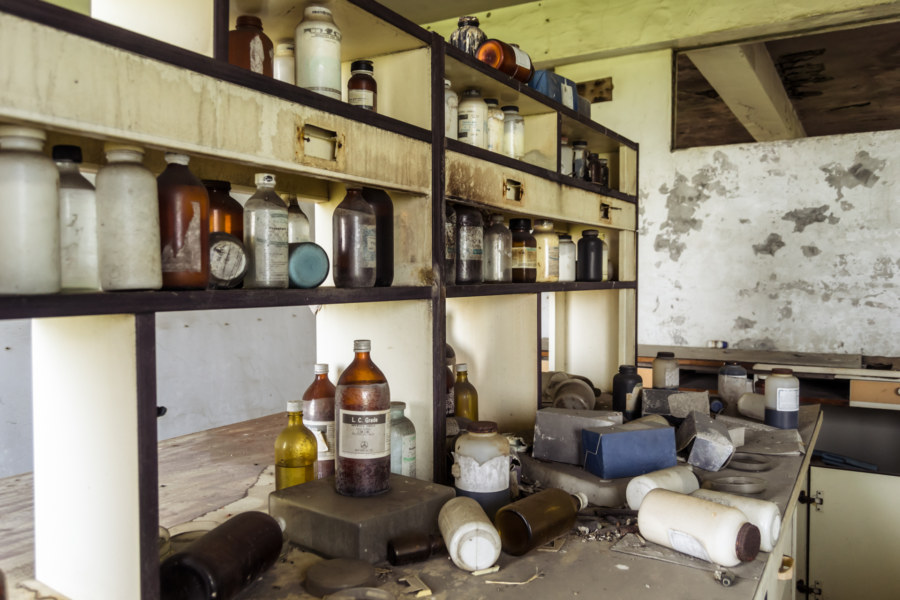
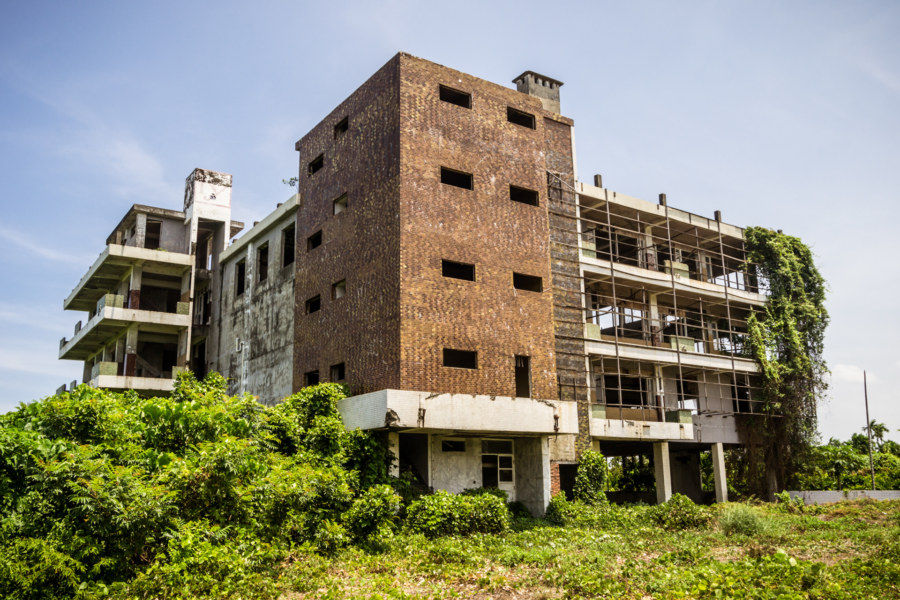
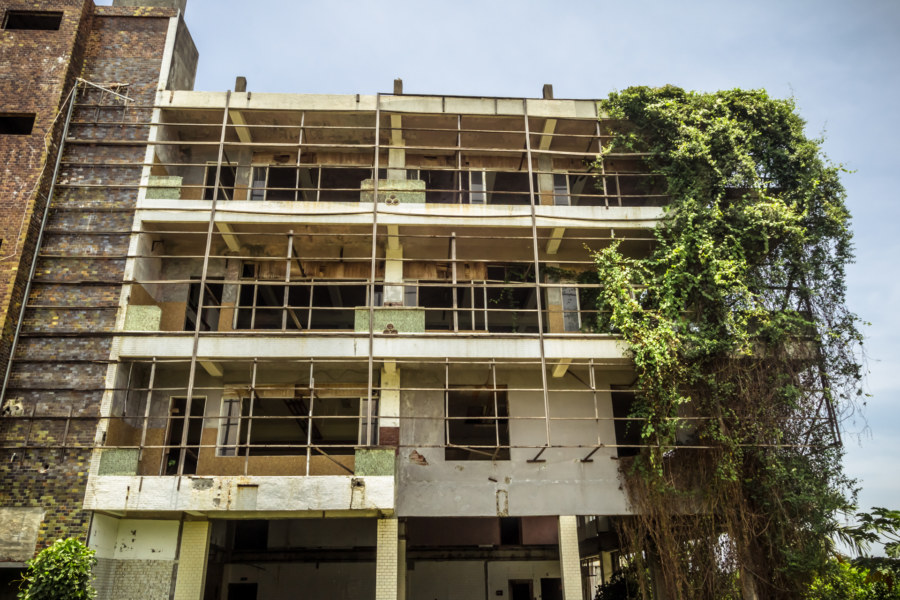
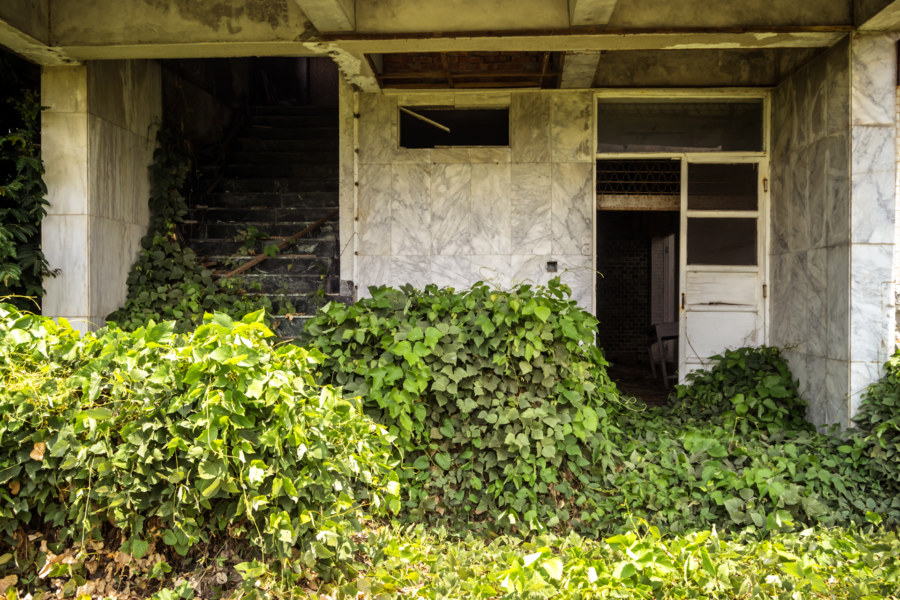
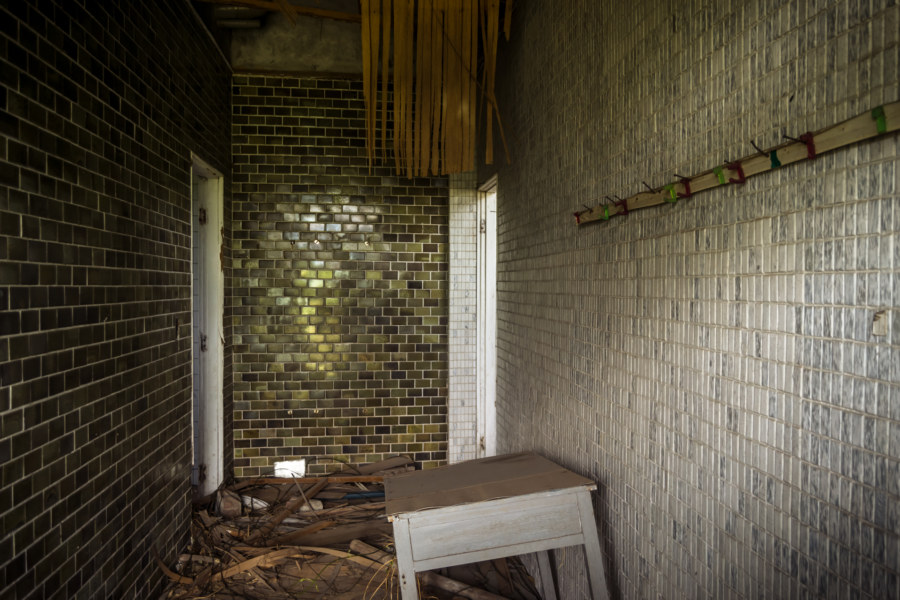
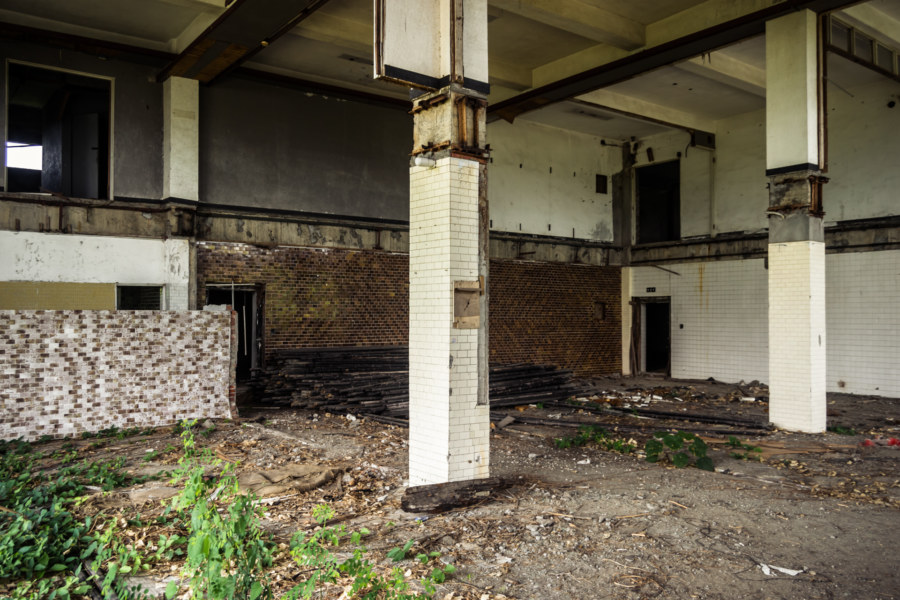
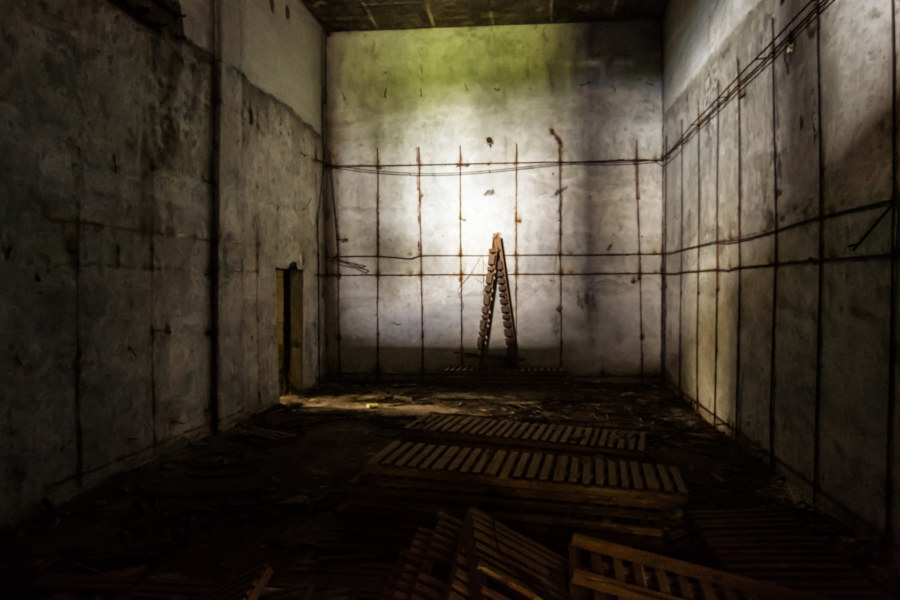
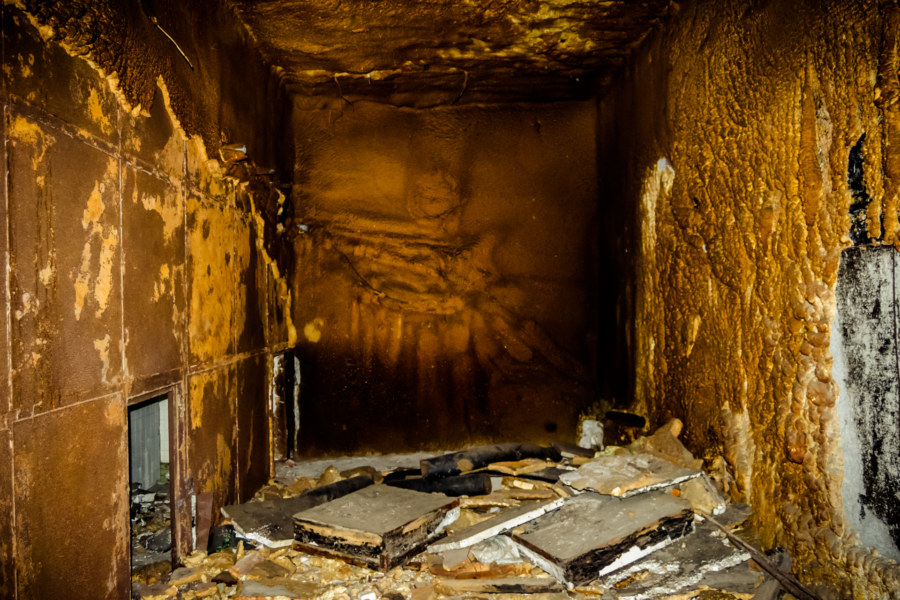
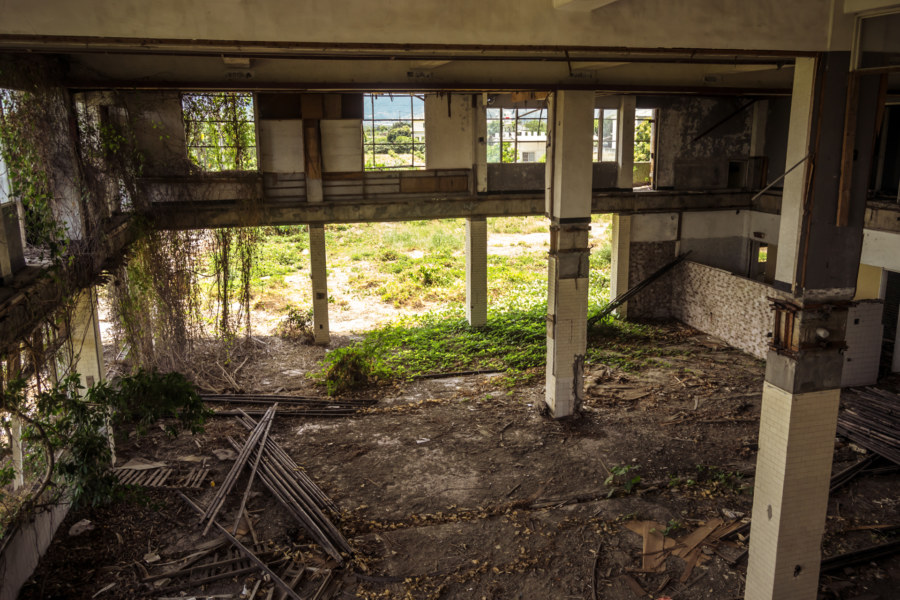
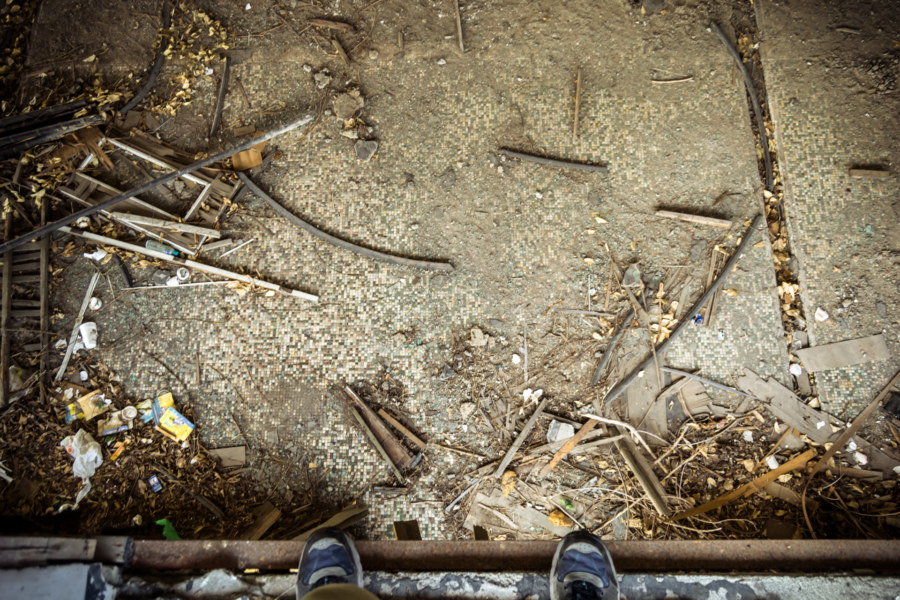
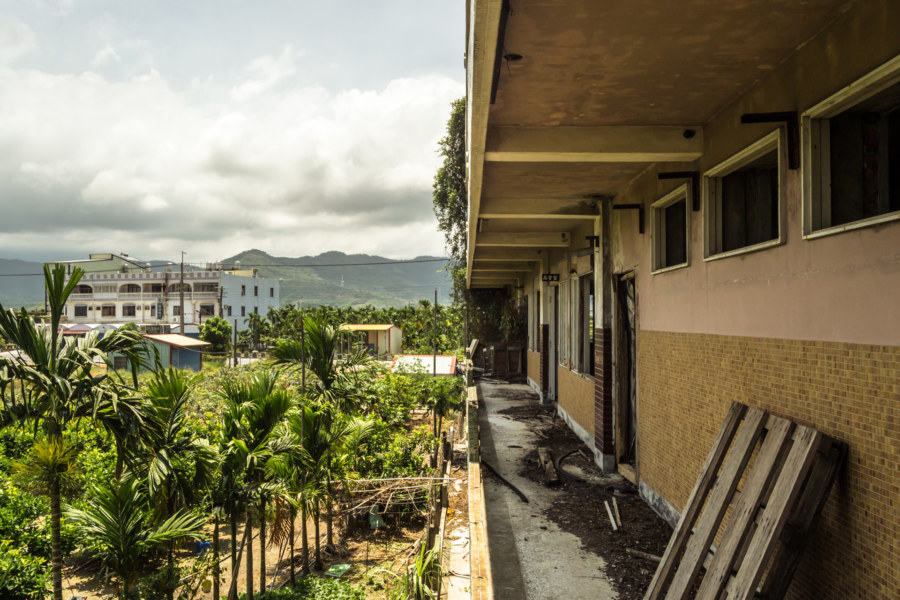
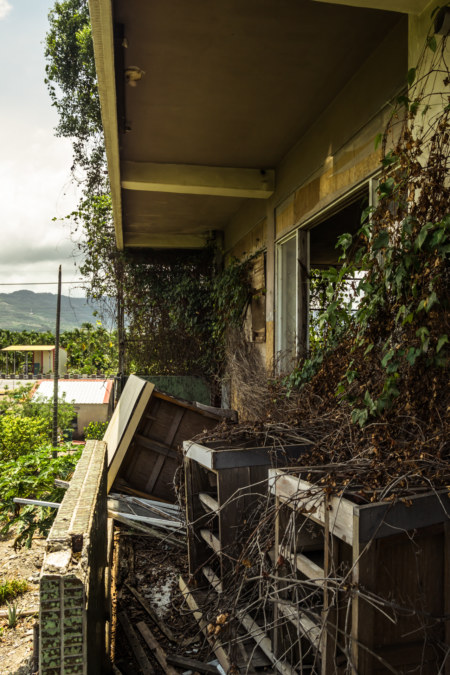
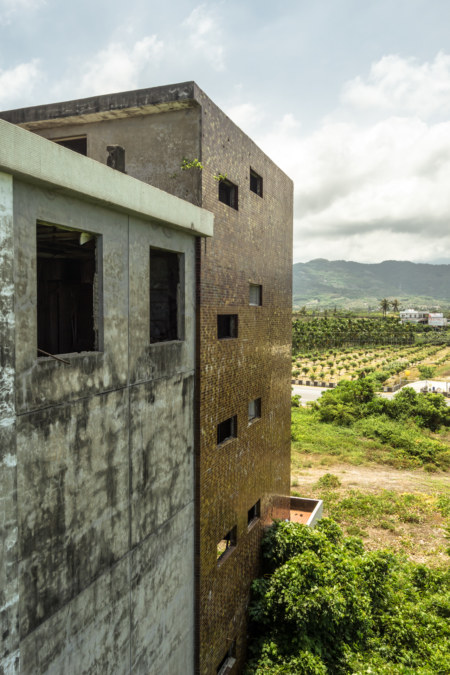
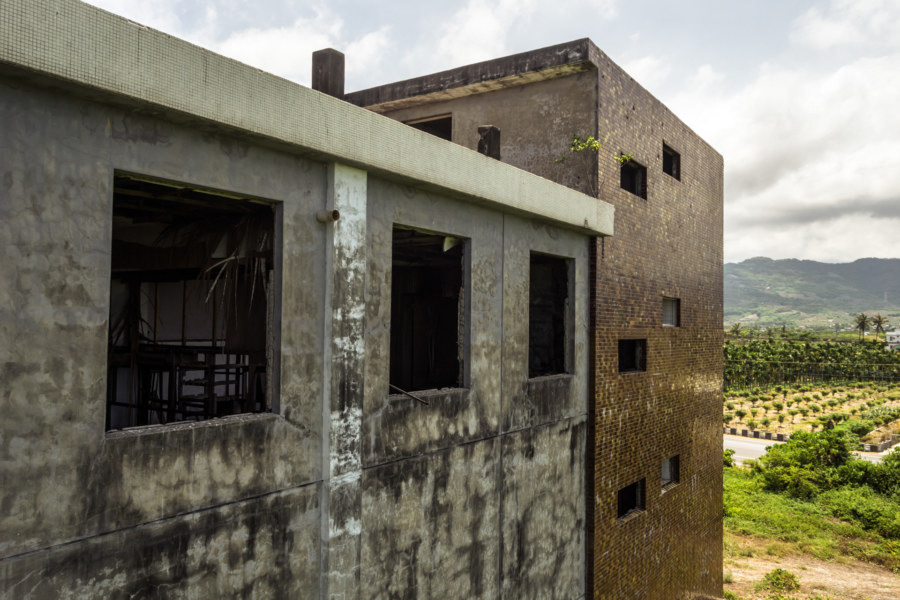
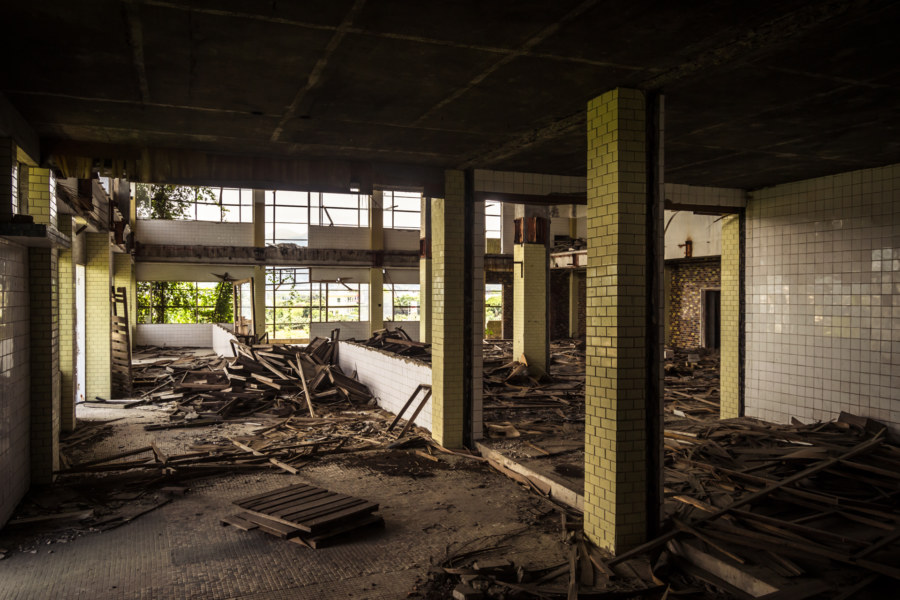
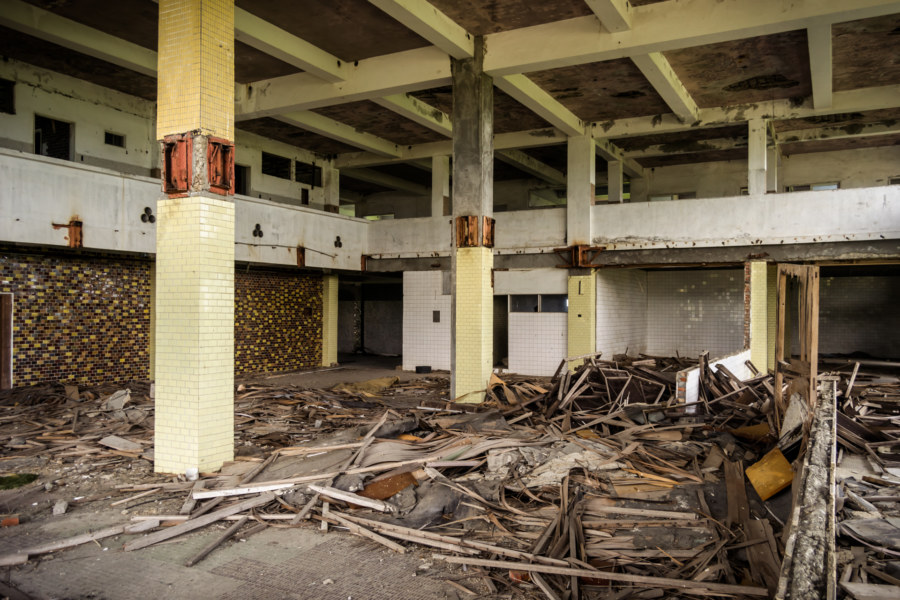
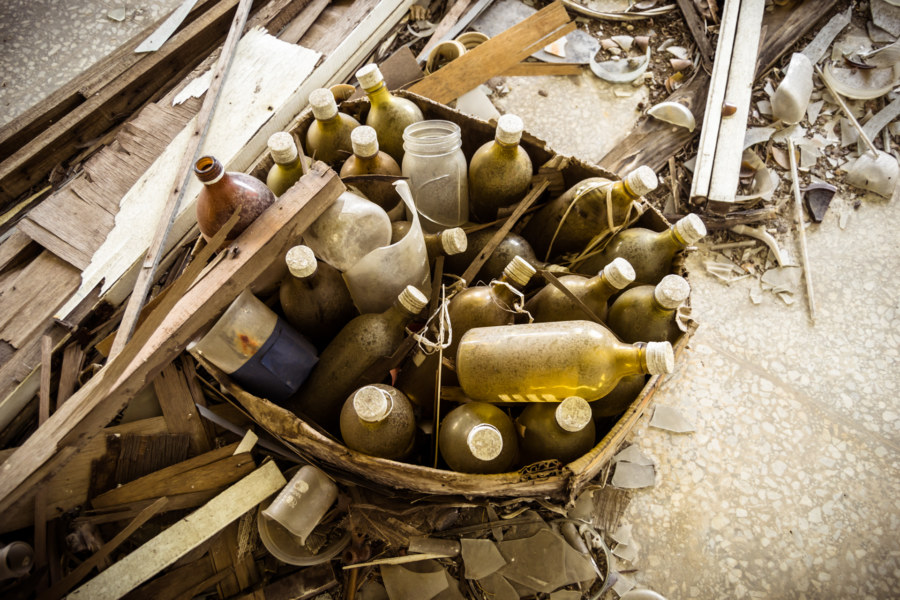
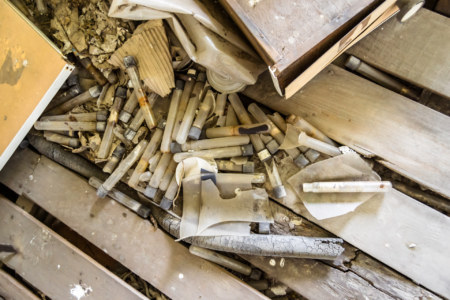
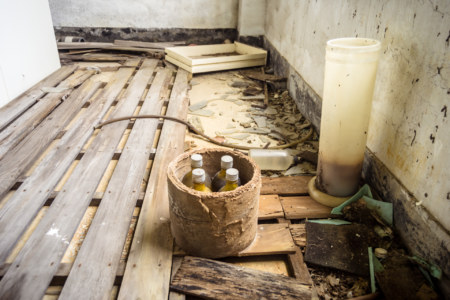
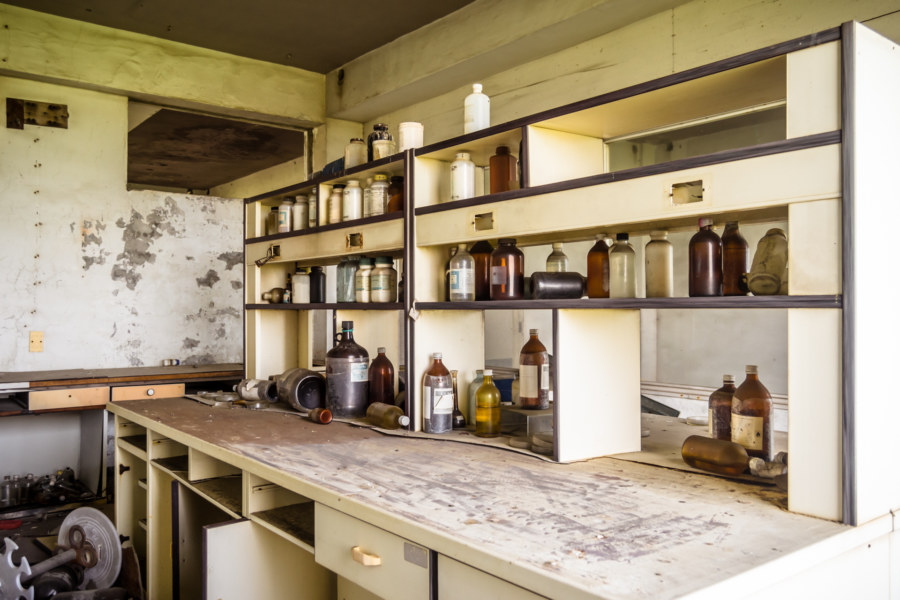
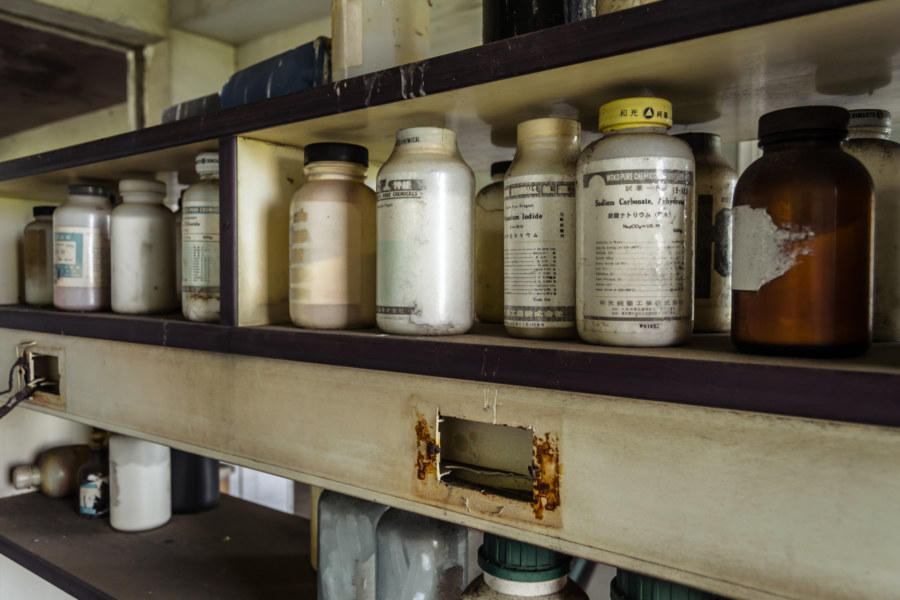
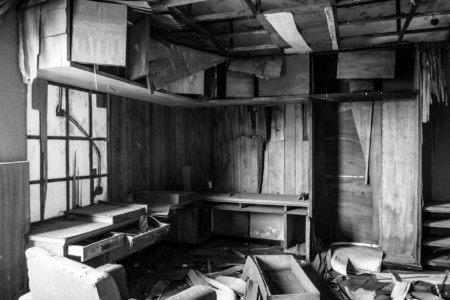
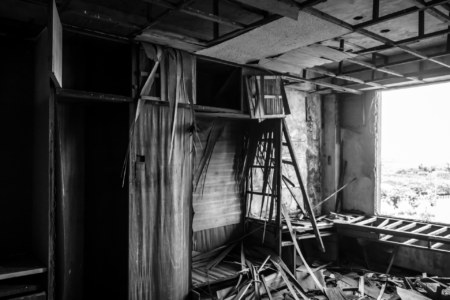
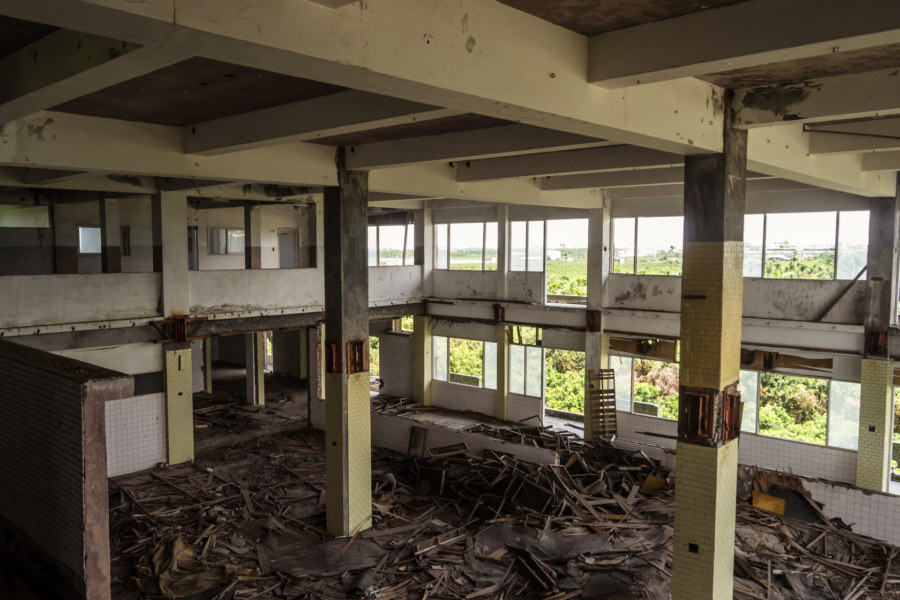
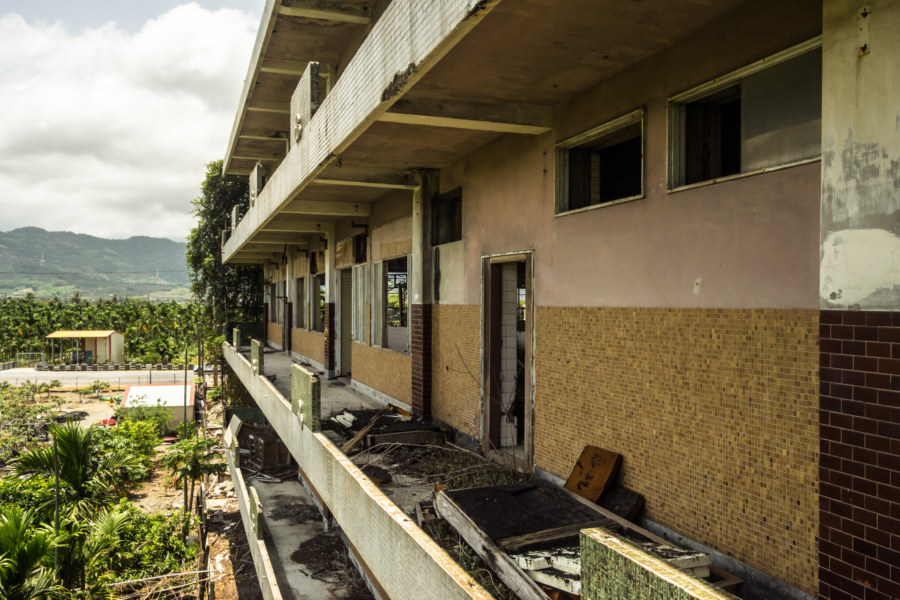
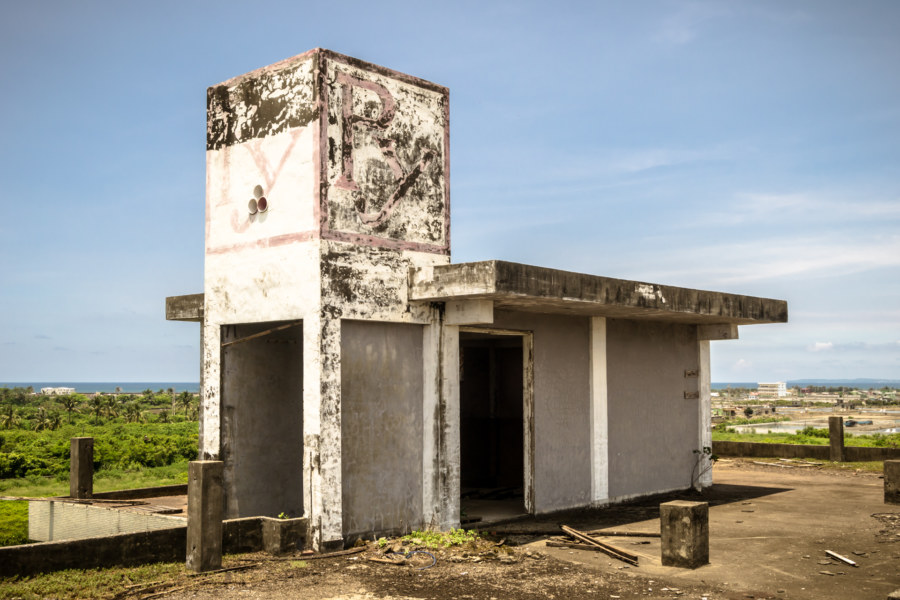
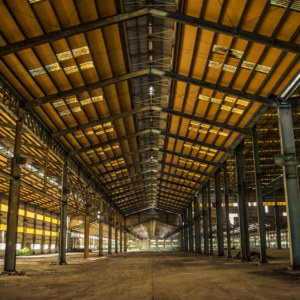
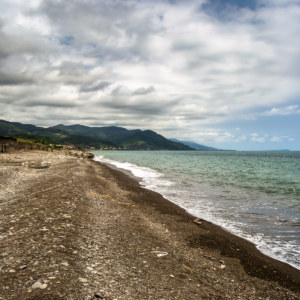
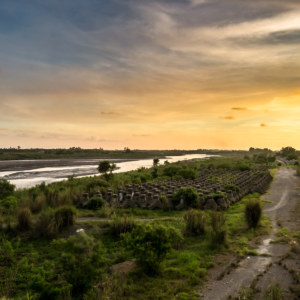
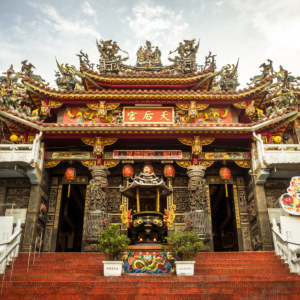
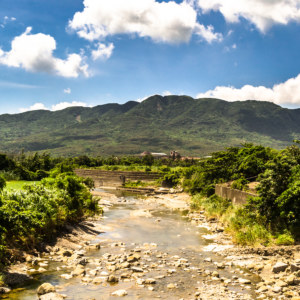
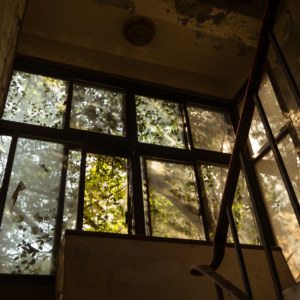
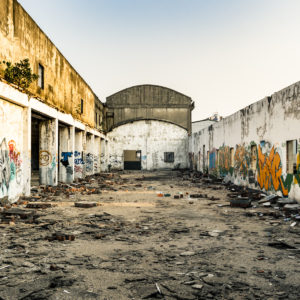
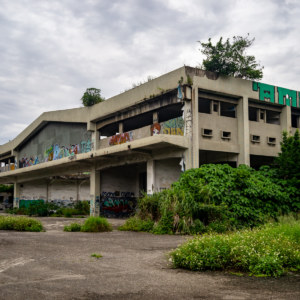
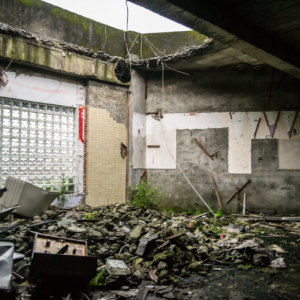
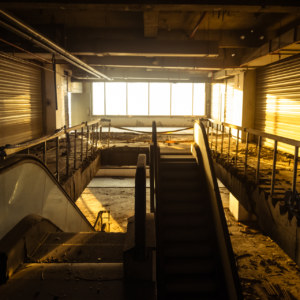
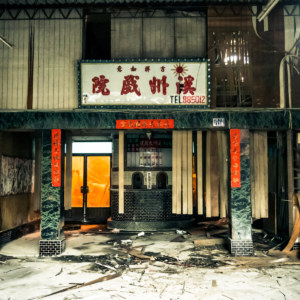
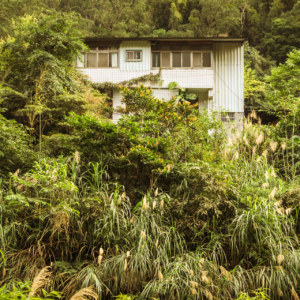
The Py also reminds me of an Rx, especially on the right side. Rx is used to refer to prescription medicine.
see:
http://fearless-assassins.com/uploads/gallery/album_374/gallery_4846_374_14065.png
Yes, that’s another clue suggesting a pharmaceutical connection.
It’s wonderful as all of the places you’ve written about that I am reading through your journey. Your writing is very lively, I really like your using of words.Thanks